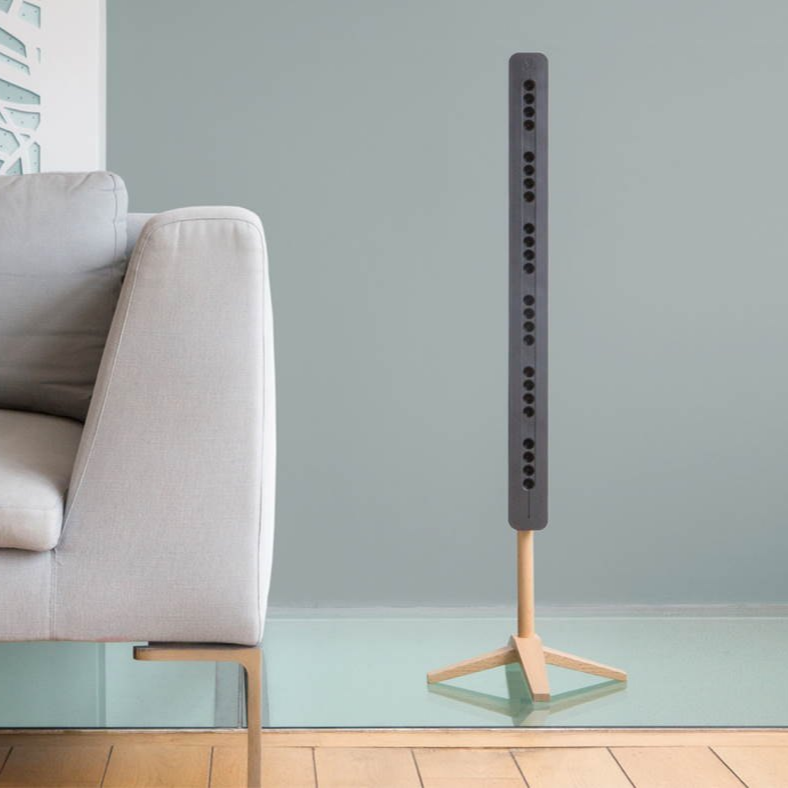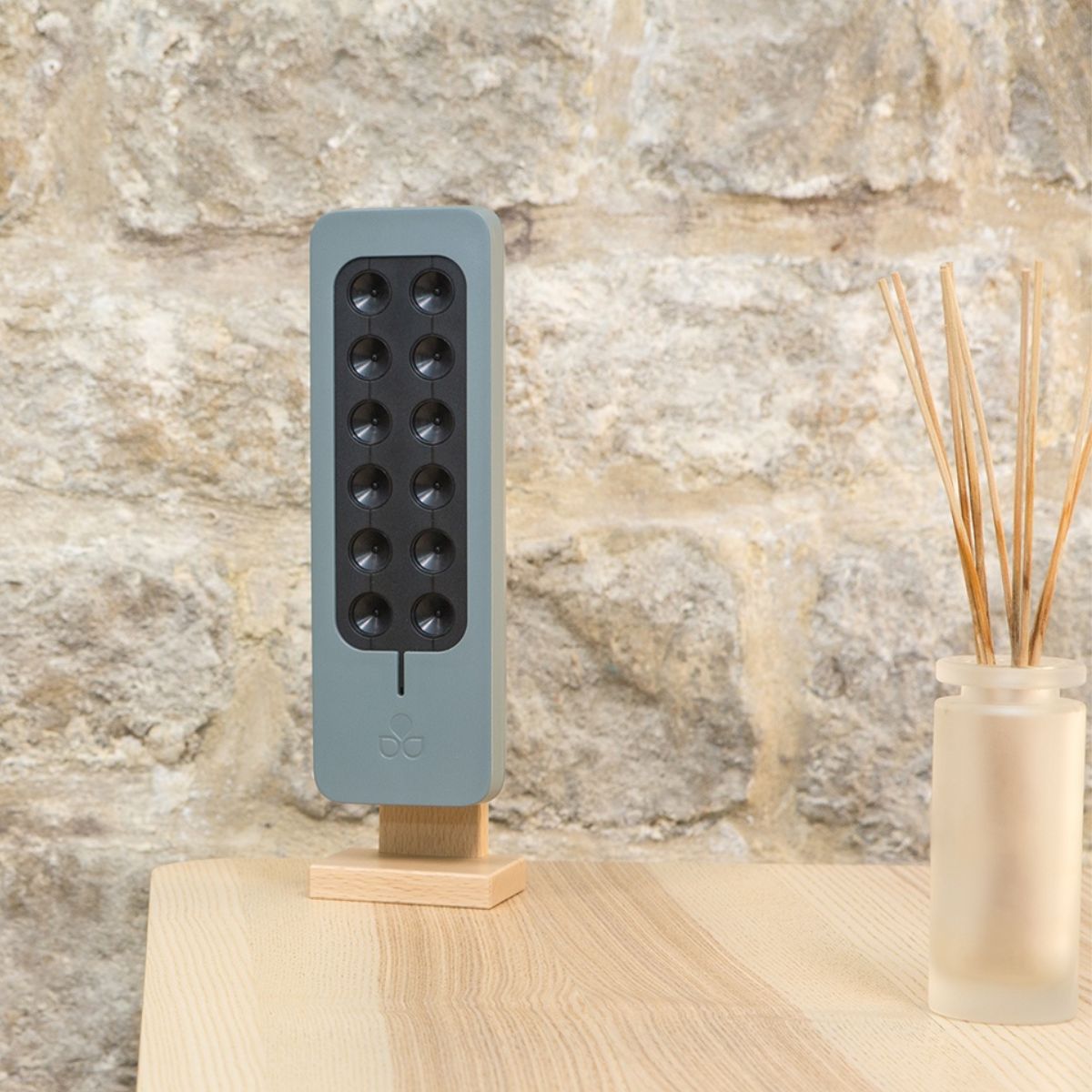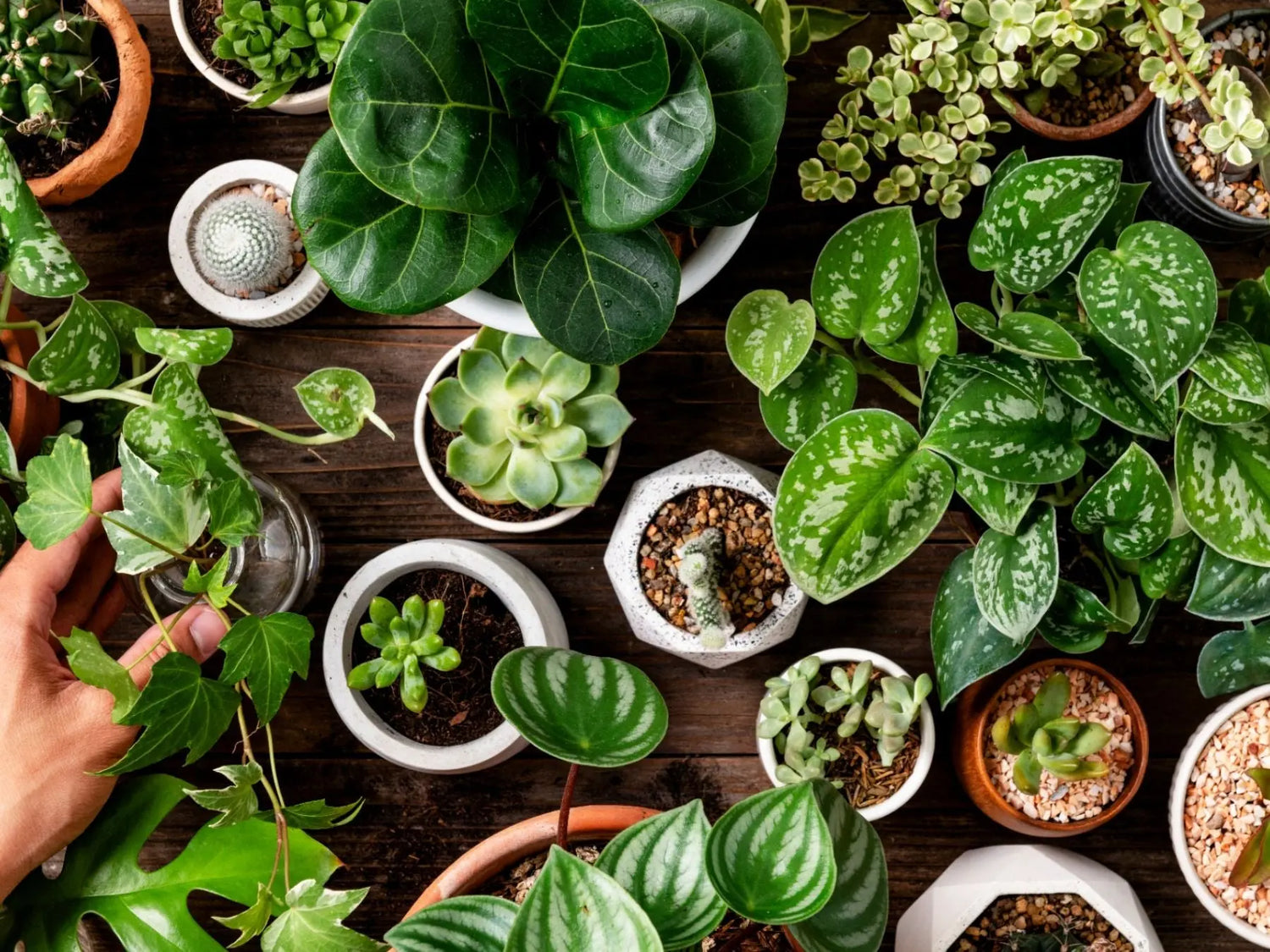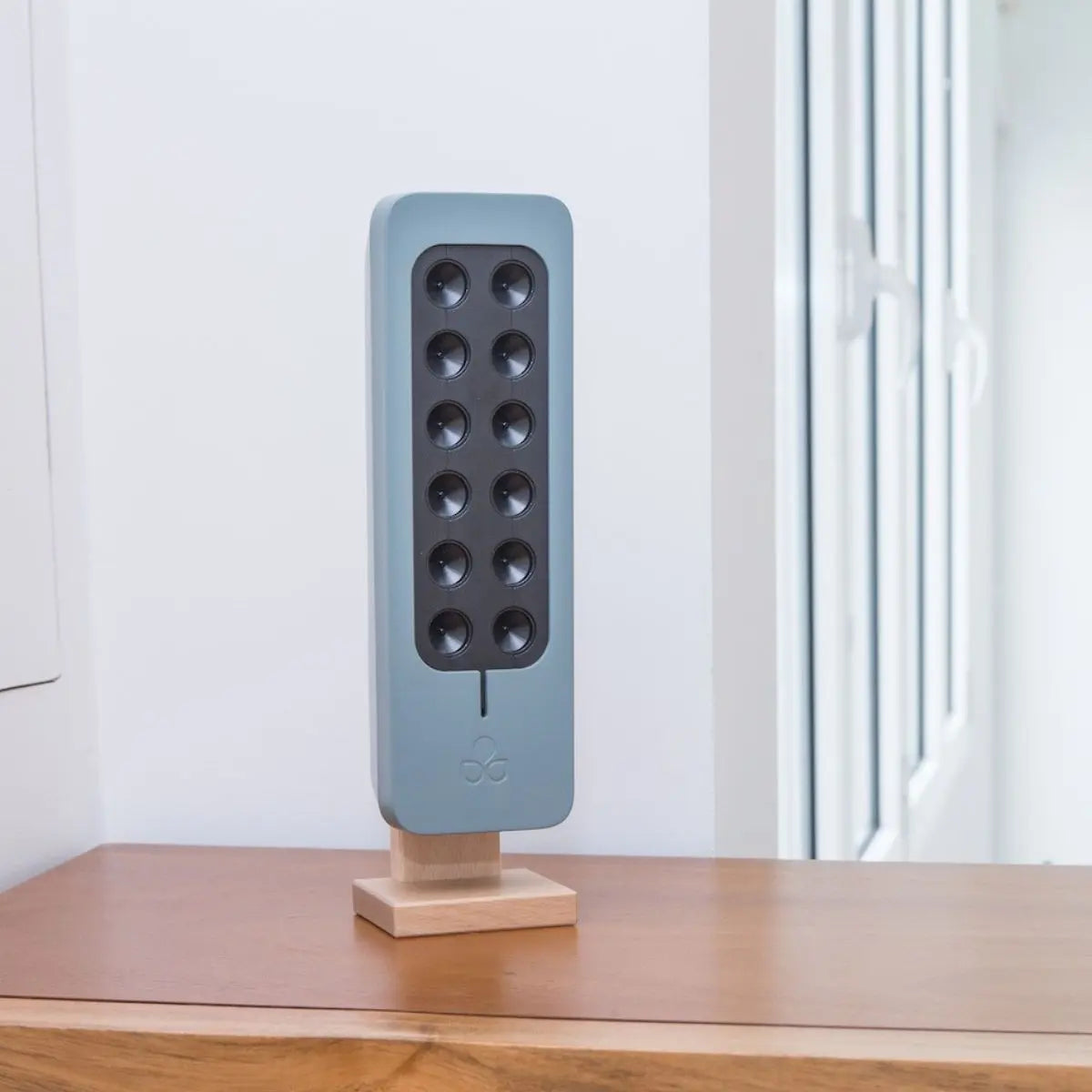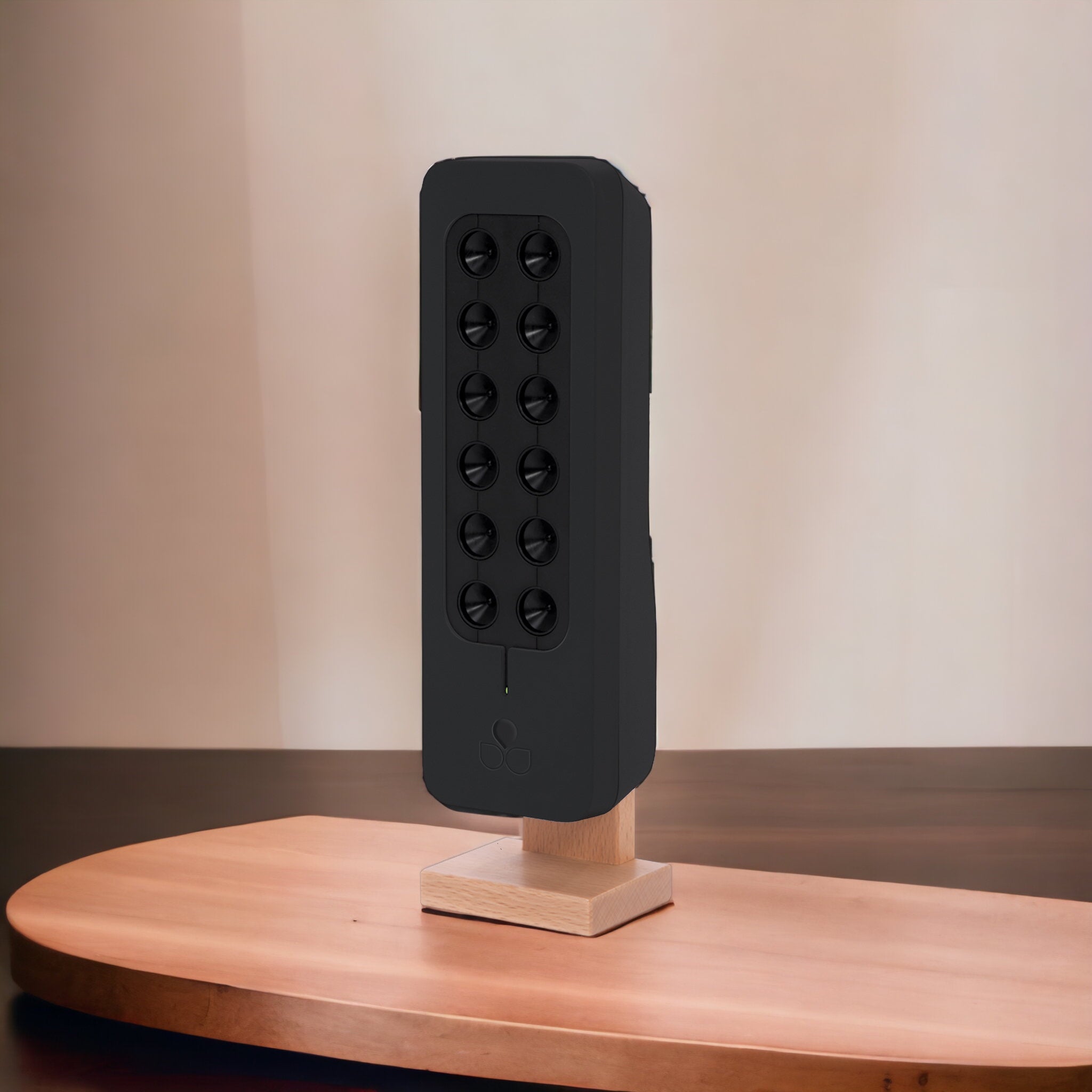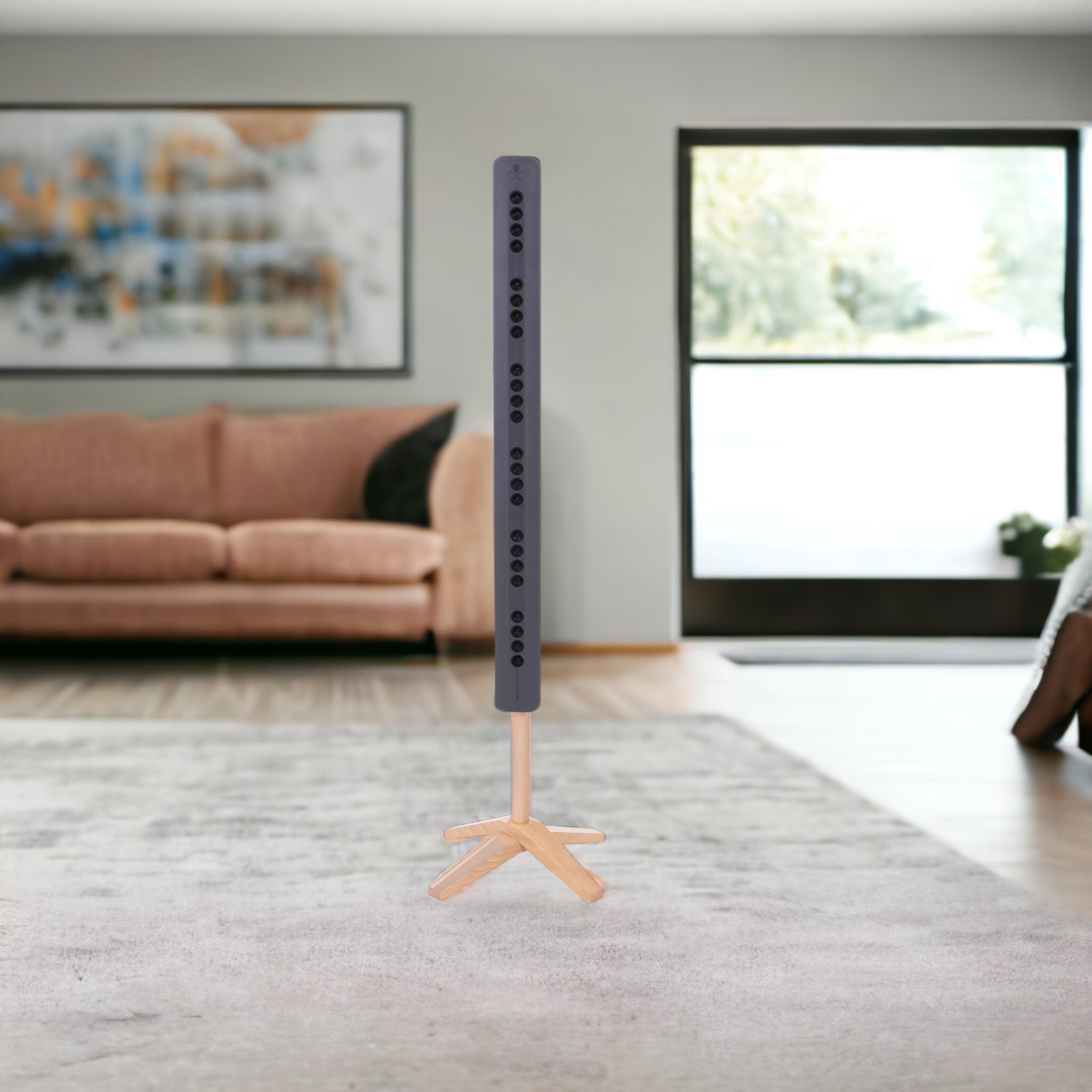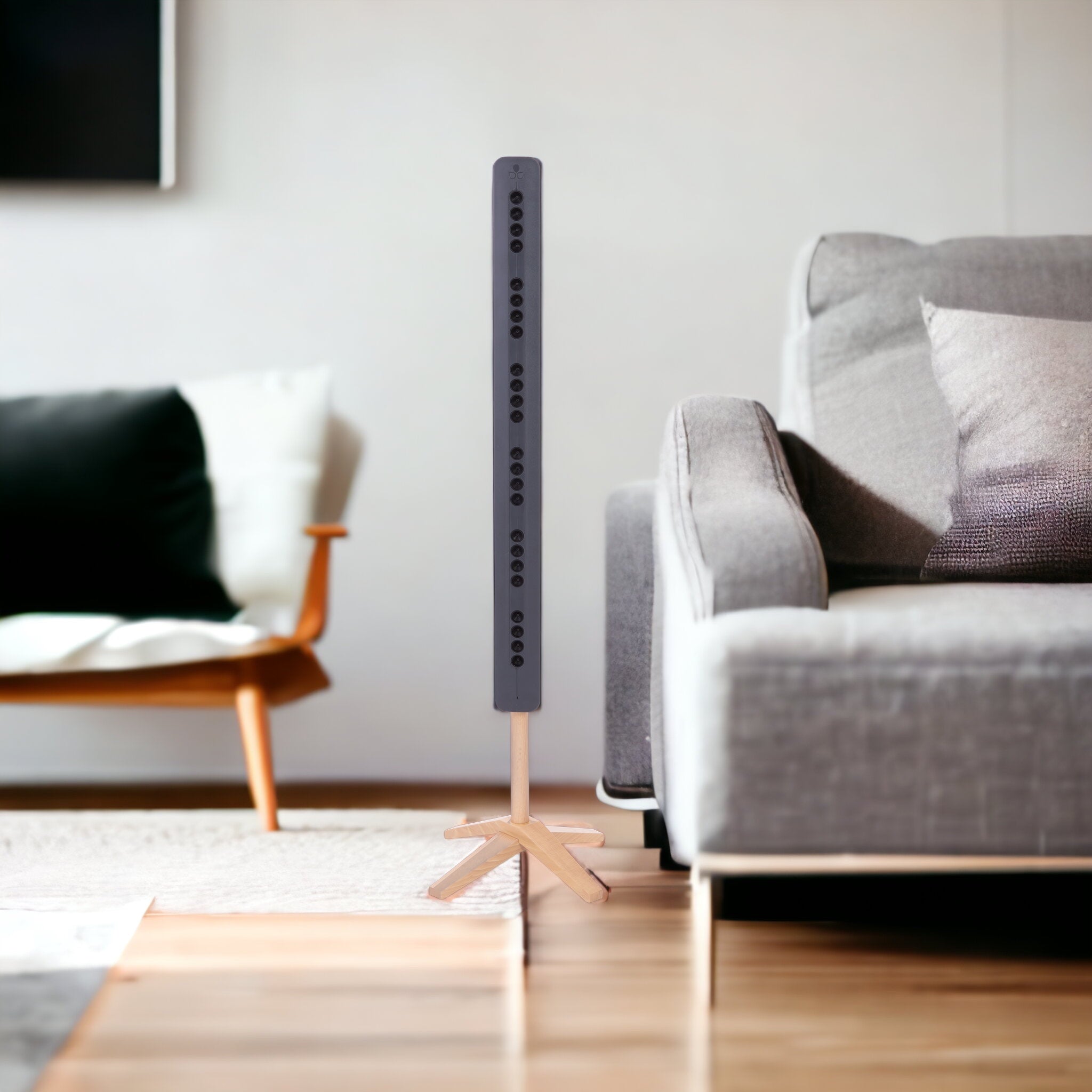The Origin of the Concept
The idea of using indoor plants to purify air quality was first introduced by NASA in the 1980s. Dr. Wolverton spearheaded research on enhancing air purification within space shuttles, leading to the discovery of specific indoor plants that could capture between 30% and 90% of air pollutants in controlled laboratory conditions.
These plants proved effective in absorbing harmful compounds such as carbon monoxide (CO), formaldehyde, ammonia, toluene, xylene, trichloroethylene, and benzene. Some of these pollutants are found in cigarette smoke and household cleaning products.
Numerous indoor plants are considered "depolluting," including the spathiphyllum, ficus, pothos, chlorophytum, palmtrees, ferns, philodendrons, and anthurium. These plants, with their roots and leaves composed of living microorganisms, convert pollutants into organic products that they use for nourishment.
The Science Behind the Concept
In 2010, the Phytair program, initiated by the Indoor Air Quality Observatory, aimed to deepen our understanding of the capacity of plants to purify the air. The program recognized that household items like agglomerated wooden furniture, paints, glues, varnishes, solvents, air fresheners, coverings, detergents, and carpets release toxic volatile organic compounds (VOCs). These chemical compounds can damage the lungs and cause various health issues, including headaches.
Testing in Real-Life Conditions
The Phytair program also conducted testing in real-life conditions, which unfortunately did not validate the effectiveness of these plants in improving indoor air quality. The purification of the air was almost negligible with a realistic number of plants in a room.
As such, Joëlle Colosio, the head of the air quality evaluation service at Ademe, suggested that the provision of an "air purification capacity" label for a plant appears "largely premature".
Potential Side Effects of "Depolluting" Plants
While indoor plants may offer aesthetic appeal and a touch of nature in our living spaces, they could potentially have adverse effects, particularly for people with allergies. Some plants release allergenic pollens, while others have allergenic sap. Additionally, the potting soil is rich in molds, the spores of which can trigger allergies. Lastly, the maintenance products for indoor plants can also contribute to air pollution.
To protect oneself from pollution, it is recommended to equip oneself with an effective air purifier, which indoor plants cannot substitute.
Do "Depolluting" Plants Really Work?
Studies have shown that while these plants display impressive purifying properties in laboratory conditions, they do not perform as well in real-life situations. The discrepancy comes from the fact that in an actual indoor environment, the concentration of pollutants is generally lower, the volume of air larger, and the air renewal less controlled.
The indoor plants' ability to absorb harmful compounds is also influenced by factors like the surface of the leaves, the density of the foliage, the substrate, and its microorganisms, and the humidity level.
The Reality of Indoor Air Pollution
The reality is that indoor air pollution is a complex issue that cannot be solved by indoor plants alone. The variety and concentration of pollutants, the size and ventilation of the room, and the number and type of plants are all influencing factors.
The latest research suggests that you would need between 10 and 1000 plants per square meter in your home for them to have a significant impact on indoor air quality. Even based on the lower estimate, having ten plants per square meter would not leave much space for living.
The Verdict
In conclusion, while indoor plants contribute to a healthy and aesthetically pleasing environment, they do not significantly improve air quality. Instead, it is recommended to combine them with other measures to enhance indoor air quality, such as proper ventilation, use of air purifiers, and reduction of pollutant sources.
Conclusion
While indoor plants may not significantly improve the air quality in our homes and offices, they certainly do enhance our living spaces' aesthetic appeal and provide a touch of nature that many find calming and pleasing. However, it is crucial to understand their limitations and not rely on them as the primary solution to indoor air pollution.
As consumers, we need to be well-informed and cautious when it comes to our health and well-being. While indoor plants have their benefits, they are not a miracle cure for air pollution. The key to improving indoor air quality lies in a combination of measures, including proper ventilation, reduction of pollutant sources, and the use of air purifiers.

